Based on new ideas began to emerge around 2004 in Web -related technologies and Web site services , a new term “web 2.0” is coined by Tim O’Reilly.
Online casinos have recently led to resurgence. The ubiquitous Internet enabled the creation of new websites with little financial outlay. Only a few decades earlier, the creators had to complete numerous formalities, make the building available, hire people, and provide suitable conditions for people who would come to have fun.
The following 7 are the key features of web 2.0
- Folksonomy : Free Classification of Information
- Rich User Experience
- User as a Contributor
- Long Tail
- User Participation
- Basic Trust
- Dispersion
Folksonomy
Traditional Web like Yahoo Directory and DMOZ uses a pre-defined classification of Information like category & sub category. On the other hand Web 2.0 without sticking to the existing framework of classification , allows user create free classification/ arrangement of information. This is also known as Social tagging. T
For example , the photo sharing site Flickr and Social Bookmarking of del.icio.us
Rich User Experience
User As Contributor
In tradition web, the information is often provided by the site owner and the user is always the receiver. The information model was One Way . On the other hand Web 2.0 user also contributes to the content by means of Evaluation, Review & Commenting.
The typical example is the Amazon.com – customer review section & Google’s Page Rank mechanism
Long Tail
The traditional web was like a retail business the product is sold directly to user and the revenue generated. But in web 2.0 the niche product is not sold directly but offered as a service on demand basis and income is generated as monthly fee and pay per consumption.
The typical example is sales force CRM services and Google Apps
User Participation
In traditional web the contents are solely provider by the web site owner /company, but in web 2.0 the users participate in content sourcing. This is also known as Crowd sourcing.
The typical examples are Wikipedia & You Tube.
Basic Trust
In traditional web the contents are protected under Intellectual Property Rights but on the other hand, in web 2.0 the contents are made available to share, reuse, redistribute and edit.
The typical examples Wikipedia & Creative Common
Dispersion
In traditional web, the contents were delivered as direct site to home. But in web 2.0, the content delivery uses multiple channel include file sharing & permalinks.
The typical examples are Bit Torrent and Mashup




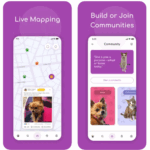



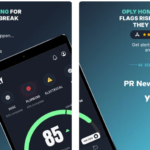


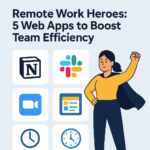

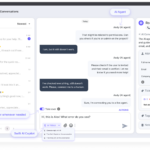

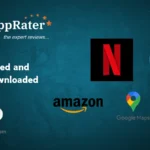

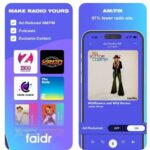



0 Comments